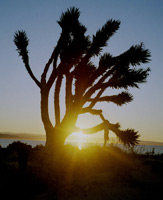
Course Title: Field Geology, Field Biology & Environmental Studies of Baja California, Mexico.
Winter, 2005 Intersession Course
Date: December 27, 2004 - January 16, 2005.
Course Rendezvous: San Diego, California.
Faculty Names: David Scott Silverberg, Ph.D., Ken Kingsley, Ph.D., David R. Richardson M.F.A., M.A.A., M.A., Dennis Morgan, M.Sc., numerous guest educators, local area experts & sectional instructors including: Juan R. Guzmán Poo, Ph.D. (Depto. Biol. Marina Univ. Autónoma de Baja California Sur), Horacio de la Cueva, Ph.D. (Centro de Investigacion Cientifica y Educacion Superior de Ensenada, CICESE), Antonio Resendiz (Instituto Nacional de Ecología, Direccíon General de Vida Silvestre, Secretaria de Medio Ambiente y Recursos Naturales), Moises Santos (CUNA), Dr. Woody Brooks (CSU-Hayward), Jesus (aka "Chuey", local area ethnobotany expert).
Course Fee: $2250 (partial scholarship available) See below.
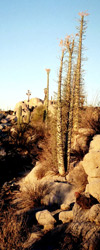
2003 BAJA EXPEDITION STUDENT & TEAM JOURNALS
2003 BAJA EXPEDITION PHOTOGRAPHS
LETTERS OF COMMUNITY SUPPORT FOR FIELD RESEARCH
BAJA LIBRARY, COURSE READER & REFERENCE LIST
BAJA REQUIRED PERSONAL CLOTHING & GEAR
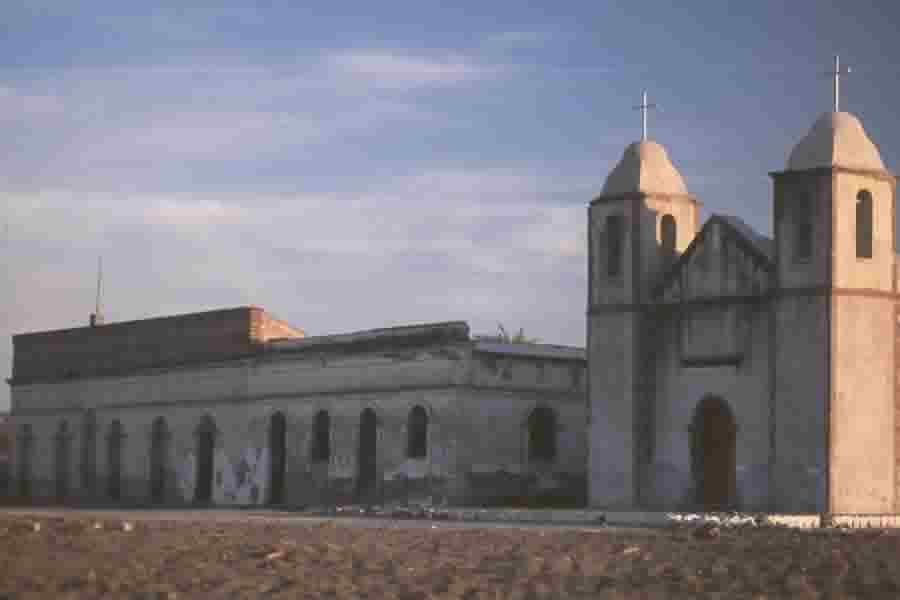
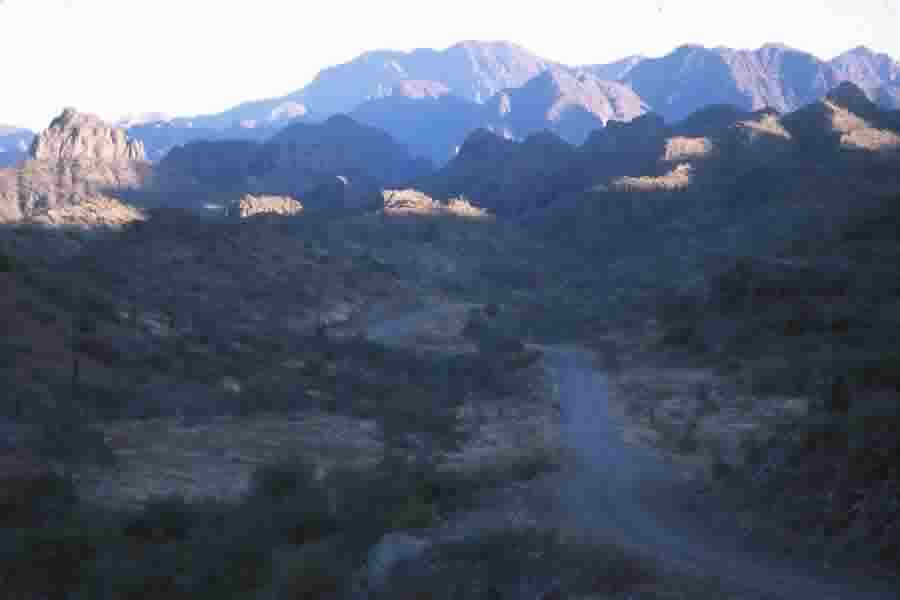
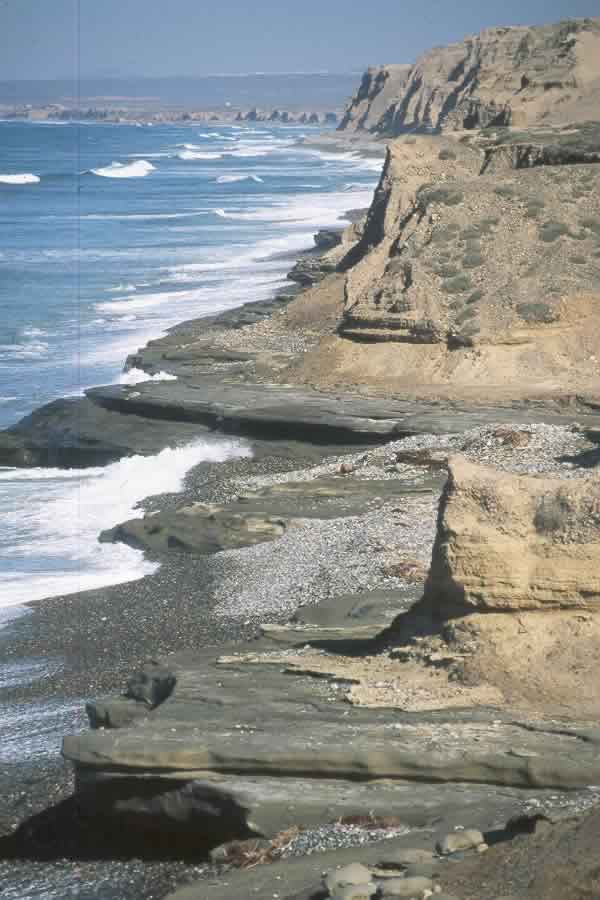
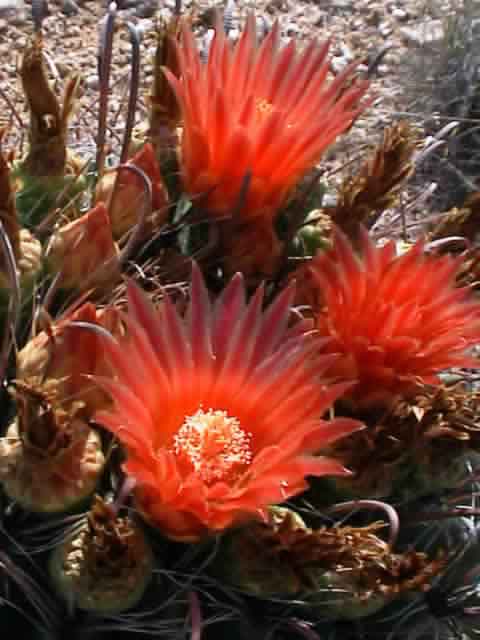
COURSE DESCRIPTION, ITINERARY, LEARNING OBJECTIVES, COURSE FEE
Prerequisite: one college-level course in biology, geology, environmental studies or environmental science.
Minimum Age: 18.
What are the physical and psychological demands of the course?
Good physical condition. The course requires hiking, backpacking, car camping, sleeping in tents, cooking, cleaning. Daytime temperatures are comfortable. Nighttime temperatures are cool. You will be living with a group of your peers for 21 days.
Credit: The course is the equivalent of a 3 semester hour course. It is currently accredited by the Colorado School of Mines (CSM) Teacher Enhancement Program for 6 graduate hours.
COURSE DESCRIPTION
Baja California and Baja California Sur are the Mexican states which make up the geologically & biologically diverse and culturally rich Baja Peninsula. The Peninsula is primarily Sonoran Desert with an extensive coastline. This part of the Sonoran desert has high biological diversity. It is incredibly beautiful with high mountains, tablelands, mesas, arroyos, plains and a remarkable coastline with rich marine ecosystems. Indigenous, Spanish and later Mexican cultures have profoundly impacted the landscape through farming, ranching, industry and tourism.
Mexicans have and are eager to consider new ways in which their livelihoods can be consistent with preserving cultural dignity, developing economic alternatives and maintaining/restoring ecological integrity. Our course will begin with a geologic, biologic and cultural study tour of the Baja Peninsula with lectures and learning activities regarding the natural and cultural assets of the region. We explore the ethical dimensions of the Baja Peninsula's environmental policy challenges. We take a multi-sectoral approach by learning with government, non-government, residential, religious, business and educational stakeholders in the Baja Peninsula's communities. We will also explore literary and artistic interpretations of the Baja Peninsula.
Only 12 students are admitted to the course.
TENTATIVE ITINERARY (This will change due to expedition, climate and road conditions):
San Diego, Tijuana, Ensenada, Ejido Erindera, Coastal Sage Scrub Biome, Pacific Coast, Sierra Juarez, Catavina, Area de Proteccion de Flora y Fauna Valle do los Cirios, Sonoran Desert Biome, Bahia de los Angelos, Bahia de las Animas, Vizcaino Biosphere Reserve, Sea of Cortez, San Ignacio, Mulege, Tres Virgines Volcanic Center, Bahia Concepcion, Loreto, Sierra de las Gigantes Coastal Corridor and other protected areas. There will be two three-day study backpacks.
LEARNING OBJECTIVES
Upon completion of this course, a student should be able to:
1. describe the physical geographic features of the Baja Peninsula.
2. understand the tectonic, structural and geomorphic features of the Baja Peninsula
3. be able to field identify the major rock types of the Baja Peninsula.
4. identify the ecological zones of the Baja Peninsula.
5. apply principles of field biology to identify common flora and fauna.
6. describe the impacts of farming, mariculture, ranching, fishing and ecotourism on the geology and biology of the Baja Peninsula.
7. describe the legal status of Baja Peninsula protected areas, different categories of protected areas and its effects on people and biological diversity.
8. define an environmental issue and informed by a specific environmental ethic, propose a method for problem solving that is consistent with sustainable development.
9. understand the role of the residential, business, government, NGO, education, religious sectors in designing, implimenting and managing environmental policy based on sound geologic and biologic data.
10. co-design and co-implement a Participatory Action Research project (with geological and biological components) serving the interests of the local community.
A WORD ABOUT EXPEDITIONARY LEARNING
An expedition is an intentional short-term team-based exploration in which all participants work towards accomplishing a mutually agreed upon mission. Expeditions typically take place in environments that are new to the team participants. The mission of the Environmental Learning Institute is to learn, through a rigorous academically-oriented immersion, about the Baja ecosystems and the communities whose lives are within these ecosystems. Members of an expedition team must have specific attributes to achieve success: flexibility, adaptability, patience, developing a culture of safety, good listening skills, good communication, acknowledging, respecting and utilizing differences, build on one another's strengths, collaboration, trust, respecting one another's physical and emotional space, a sense of humor.
FEES, TRAVEL, MEDICAL INSURANCE
Cost: A comprehensive fee of $2250.
The Environmental Learning Institute provides course transport from the San Diego rendezvous to Mexico, on-course travel, food, cooking equipment, tents, lodging, protected area fees, course reader and all scientific and research equipment.
This fee does not include airfare from the student's home to and from San Diego, California, personal clothing, personal equipment expenses, personal expenses or optional travel.
Travel Arrangements: You're lucky if you can find a great travel agent who will truly search all the possibilities to get you the least expensive airfare. It's usually best to be your own travel agent. Here are some recommendations for finding the right fare for you. TRAVEL RECOMMENDATIONS.
We will meet at 2:30 PM on the afternoon of December 27 at the San Diego airport.
We will bring you to the San Diego airport at 7:30 AM on January 16th. Please arrange to depart after 9:30 AM.
Please submit your Application form and Reference form ASAP. You will be notified of acceptance as soon as possible after receiving your forms. A non-refundable deposit of $300 is due no later than 10 days following acceptance in order to reserve a place in the course. Once accepted, your Medical Form, Informed Consent Form, Financial Aid Form, copy of health insurance card, and copy of the information page of the applicant's passport (or original birth certificate) are required within 6 weeks.
Full tuition is due by December 1, 2004.
You can pay the deposit and/or full course fee by check made out to Environmental Learning Institute or credit card (VISA, MASTERCARD, AMERICAN EXPRESS, DISCOVER) using PayPal.
Applications and required forms can be downloaded from the ELI home page.
For more information please contact:
David Scott Silverberg, Ph.D.
silverberg@alum.mit.edu
Environmental Learning Institute
PO Box 3727, Tucson,
AZ 85722 USA
520-245-3711